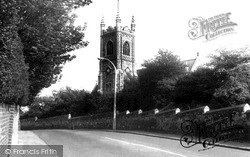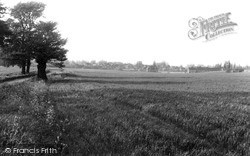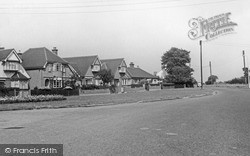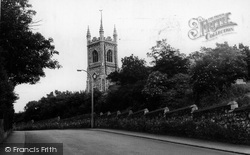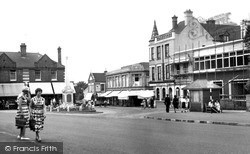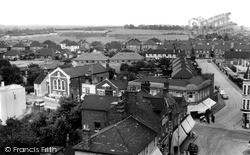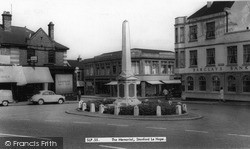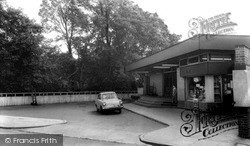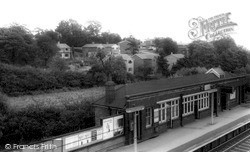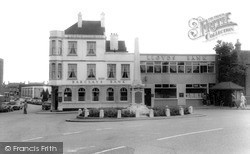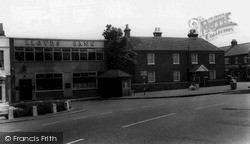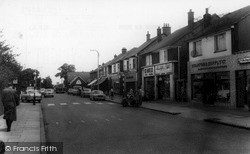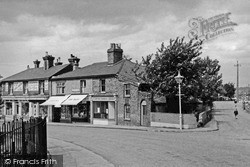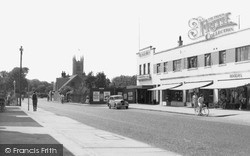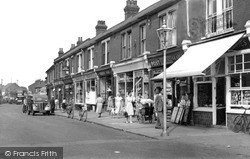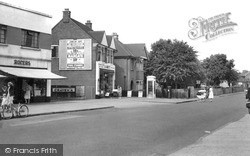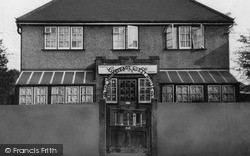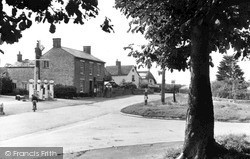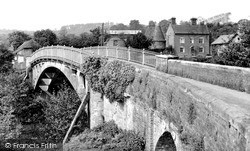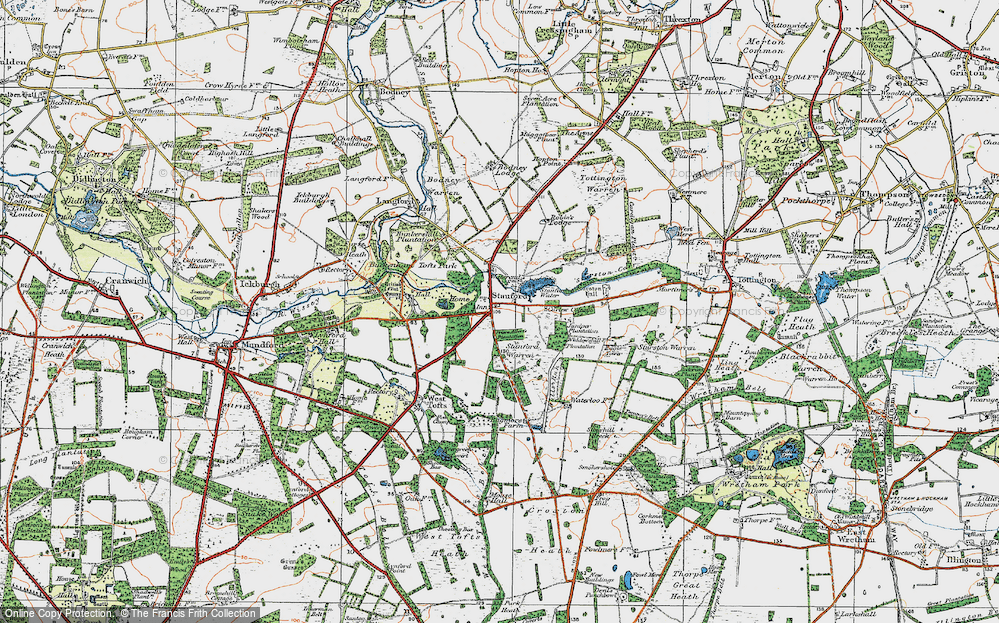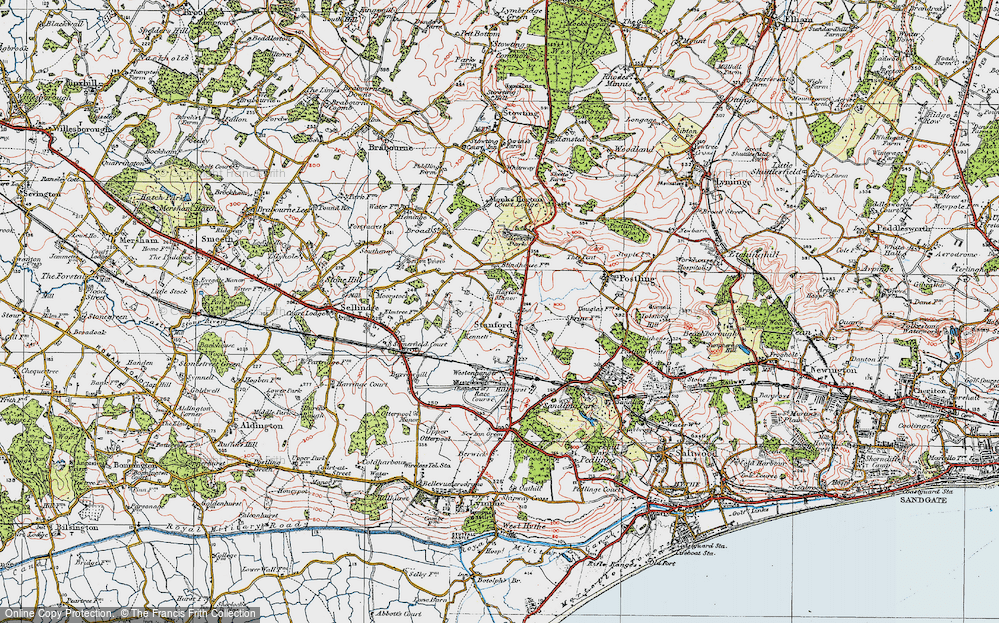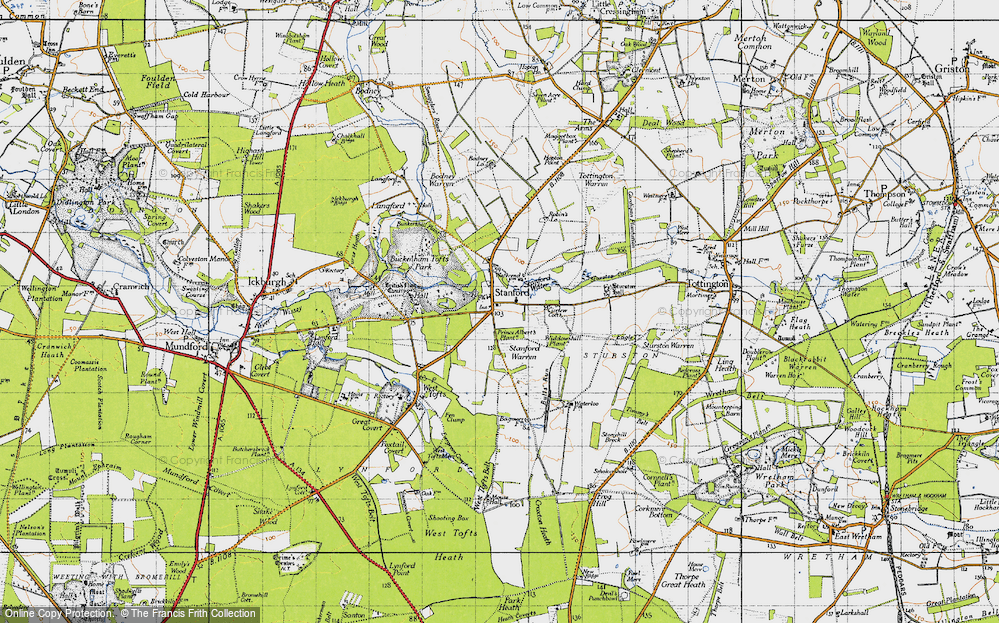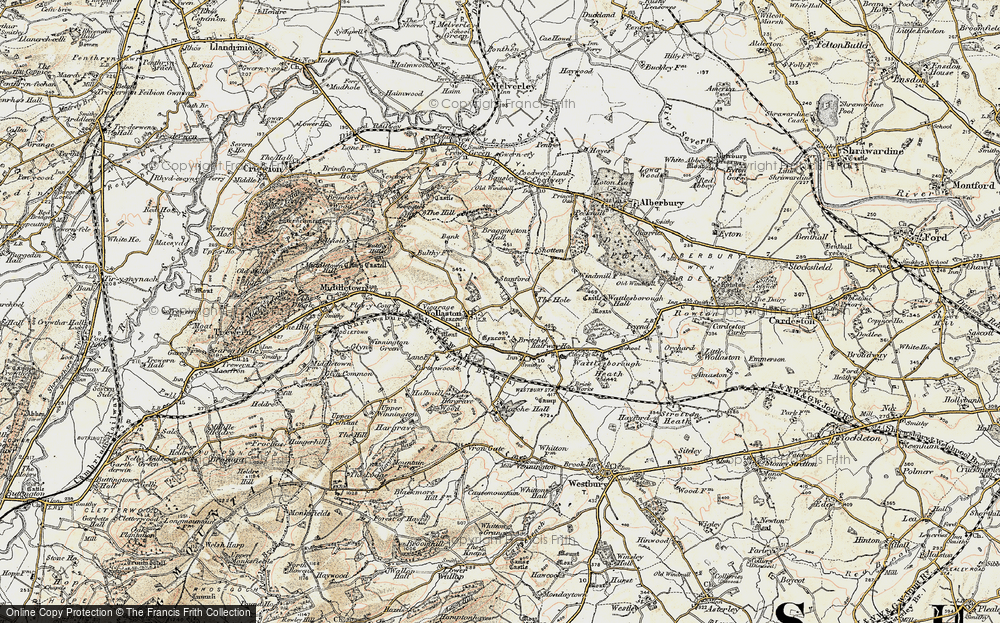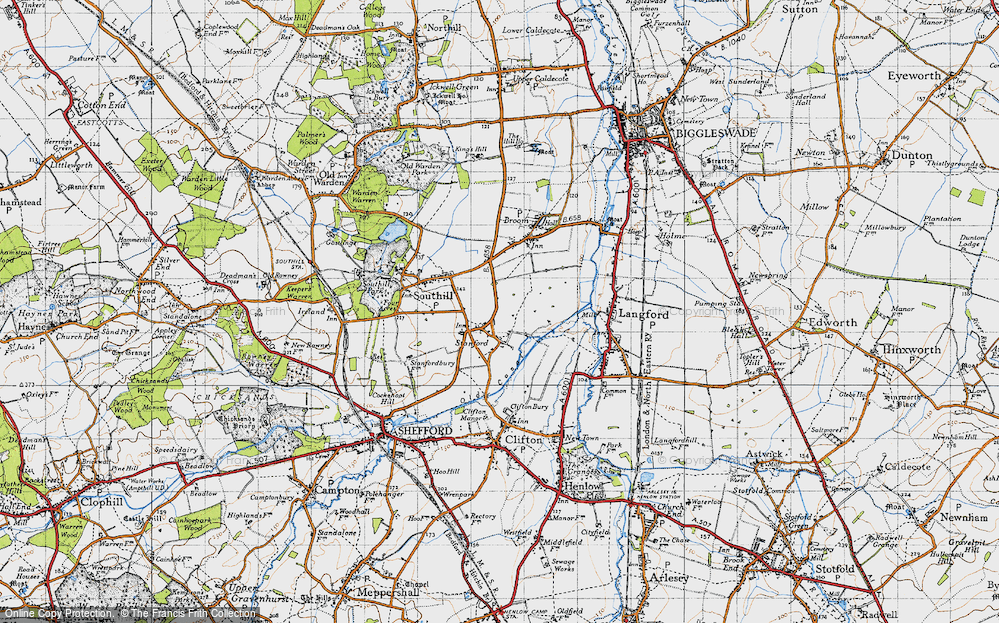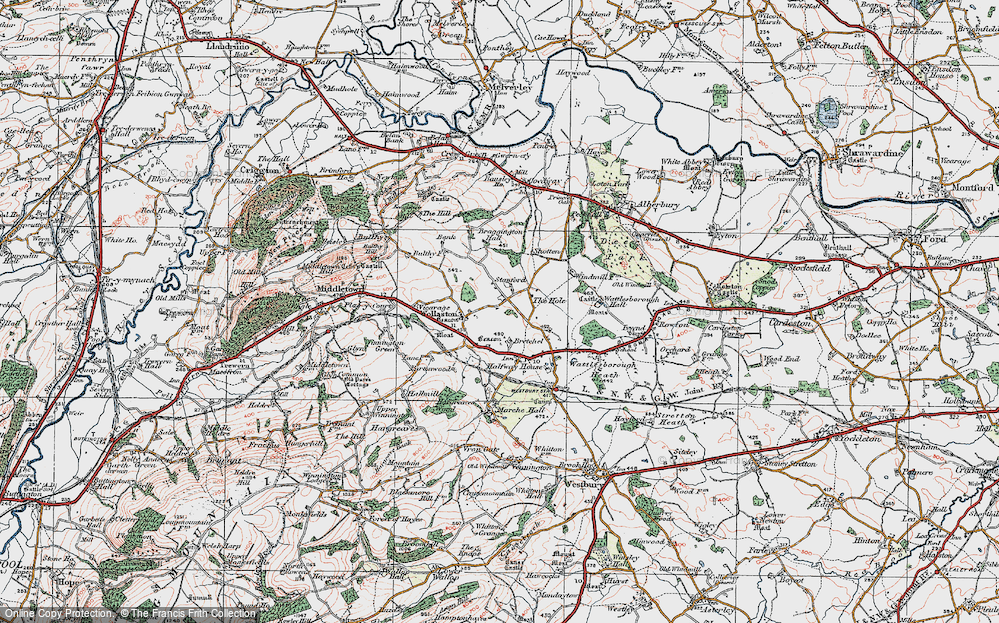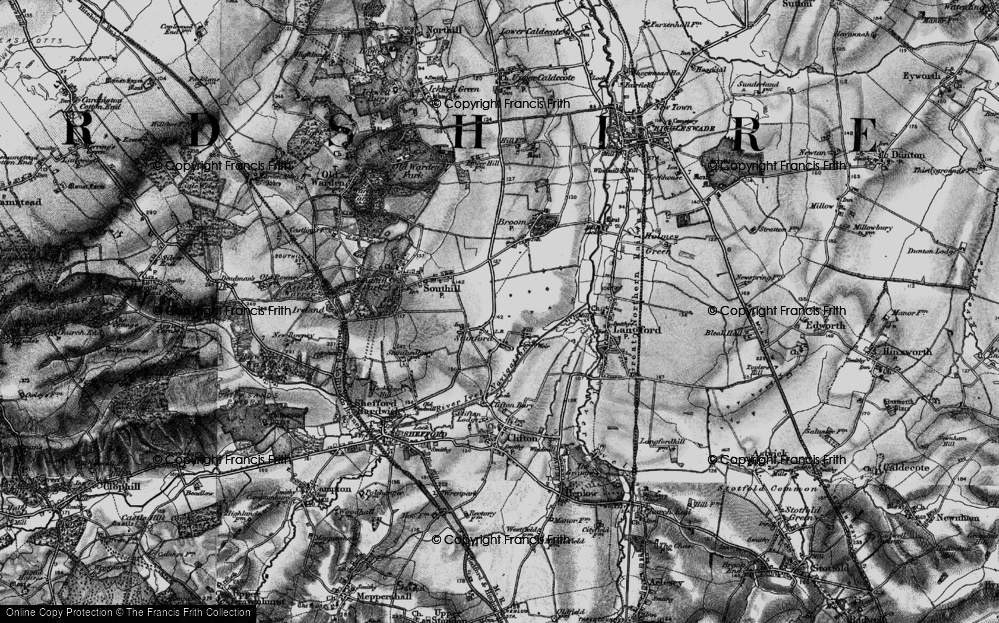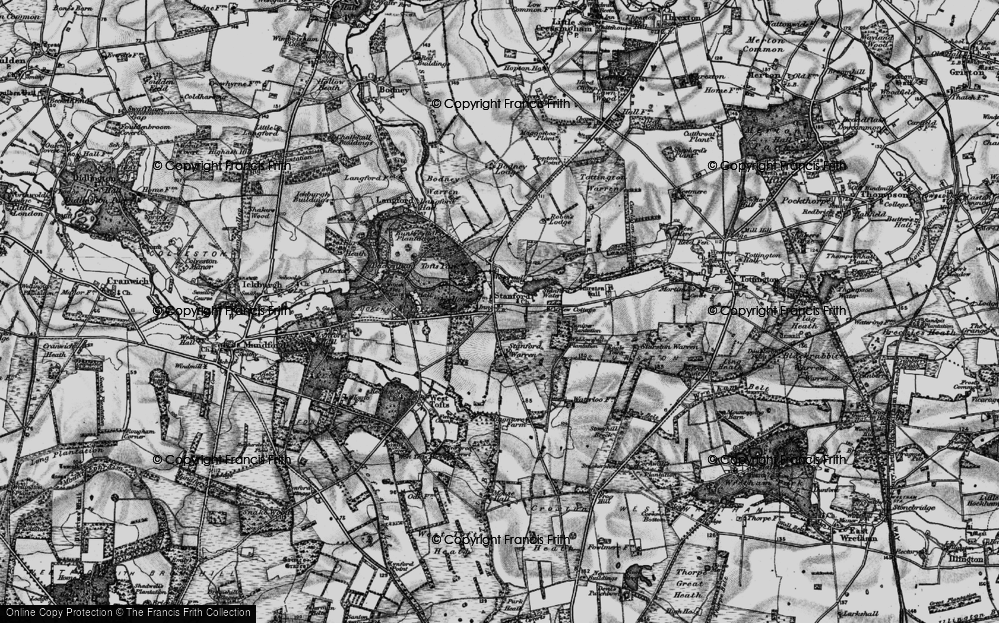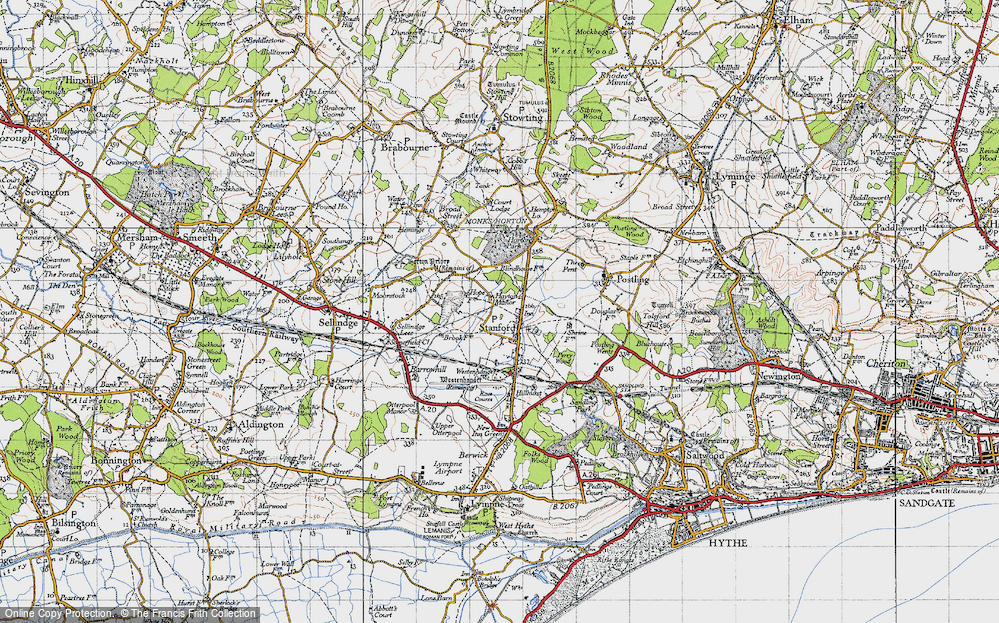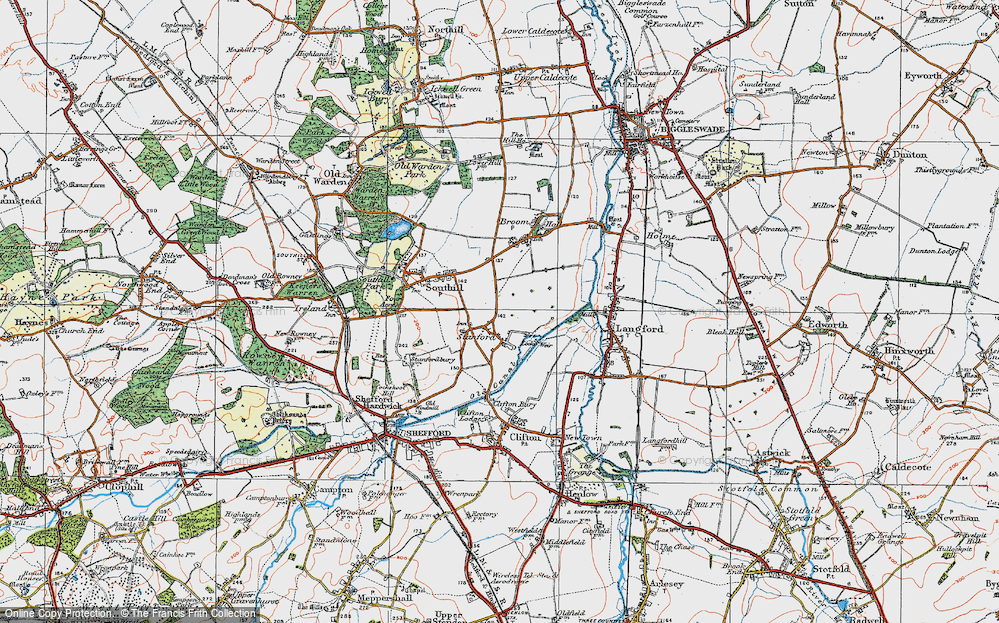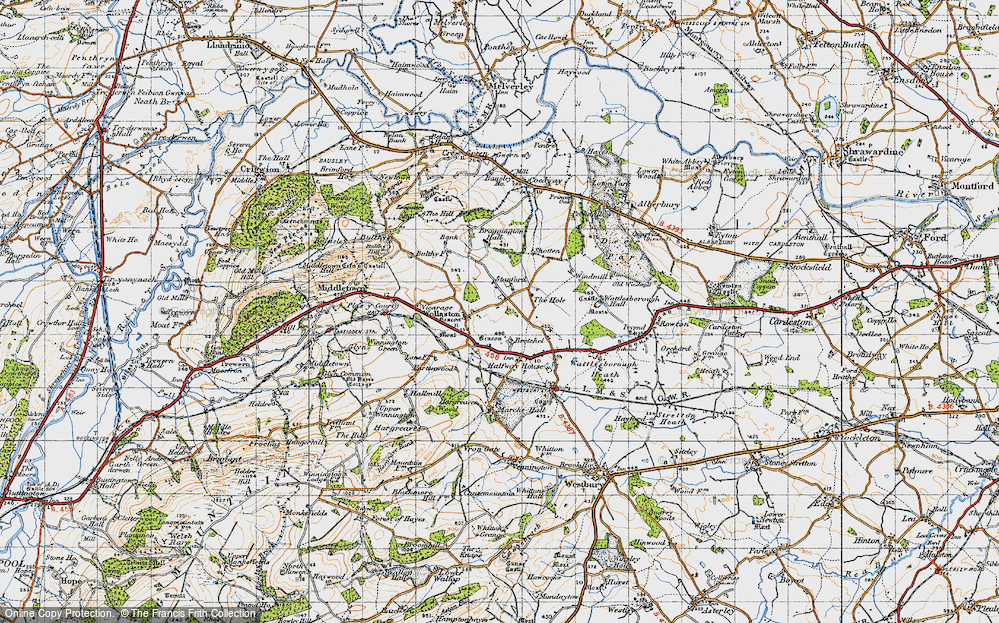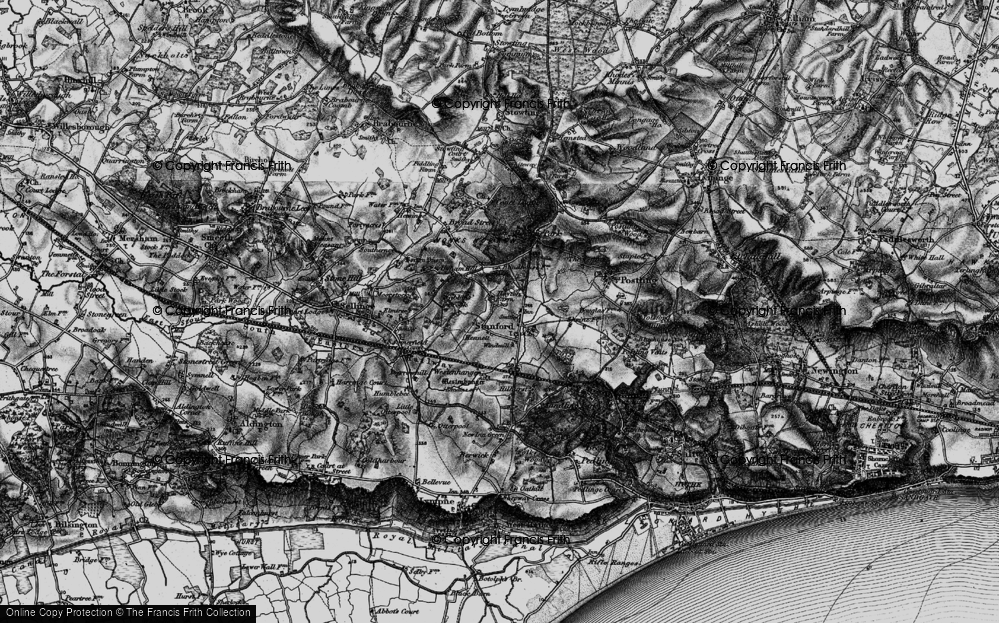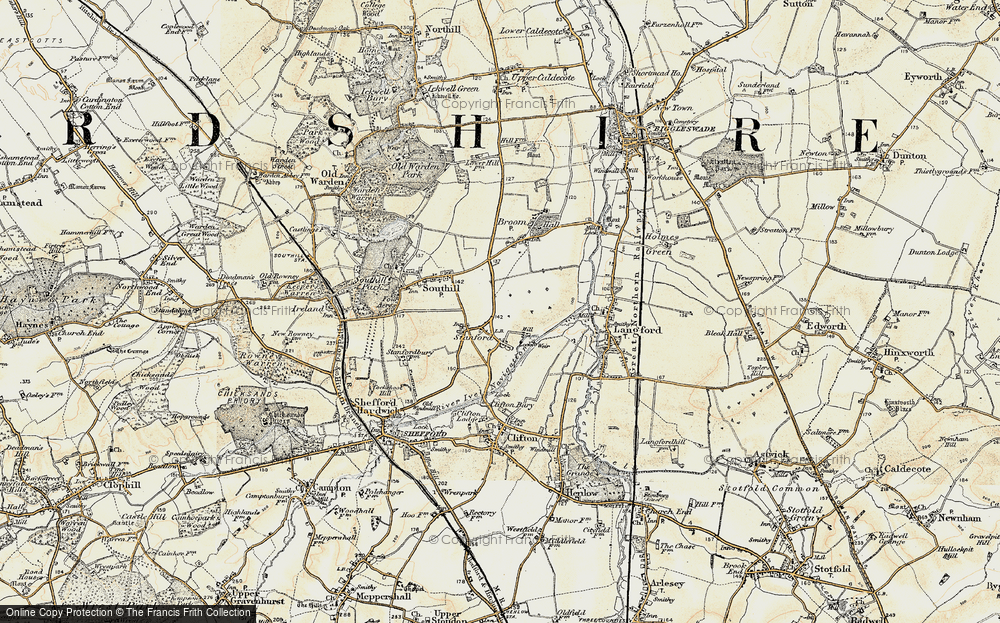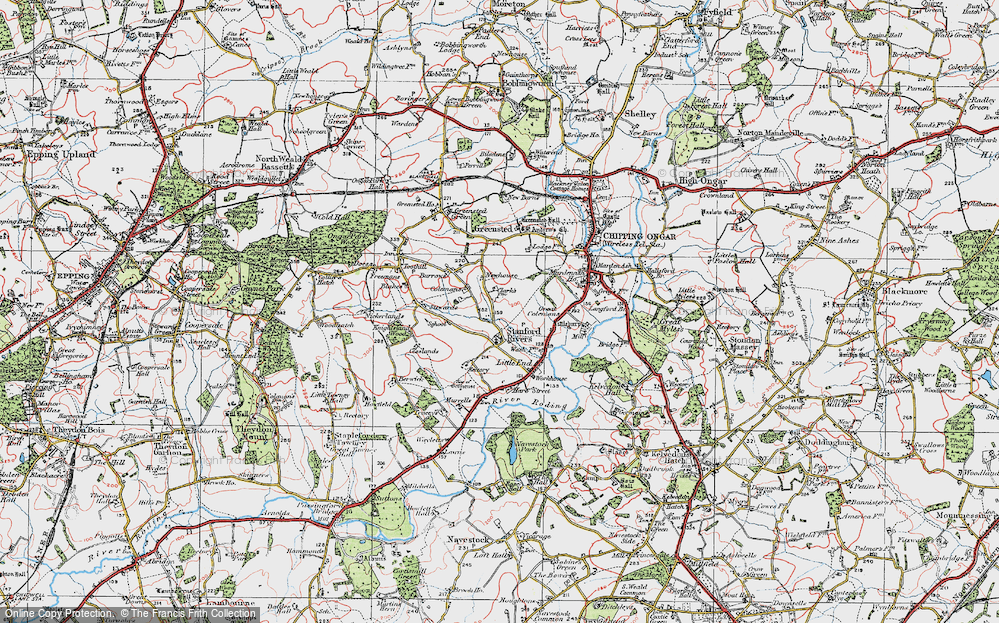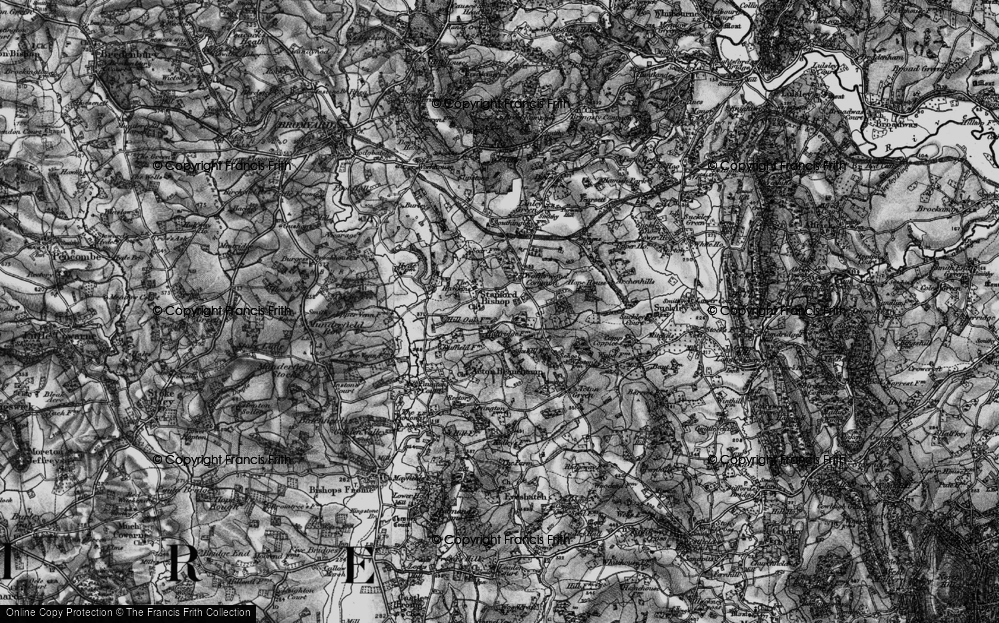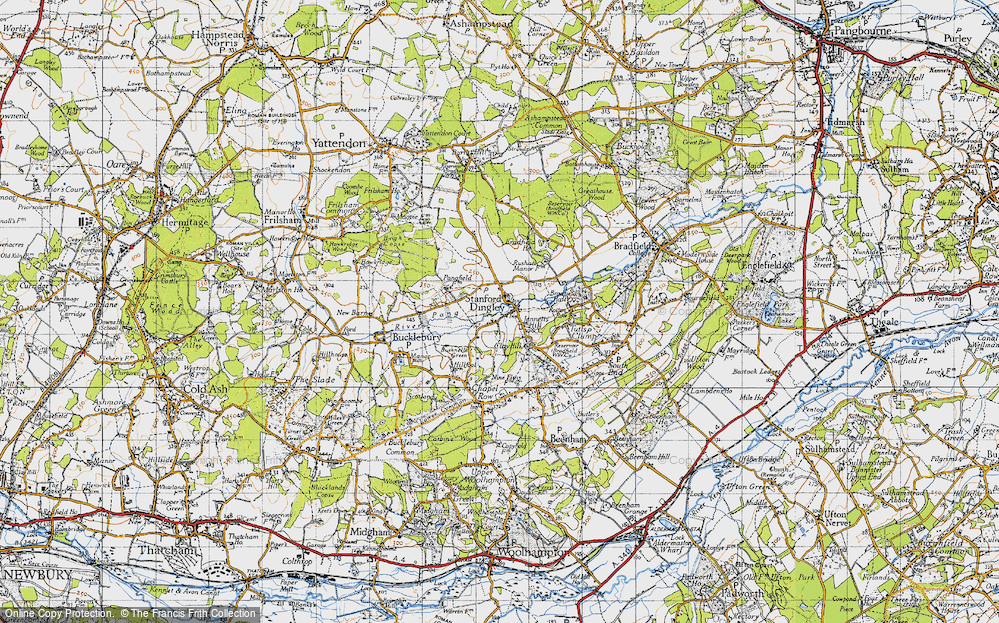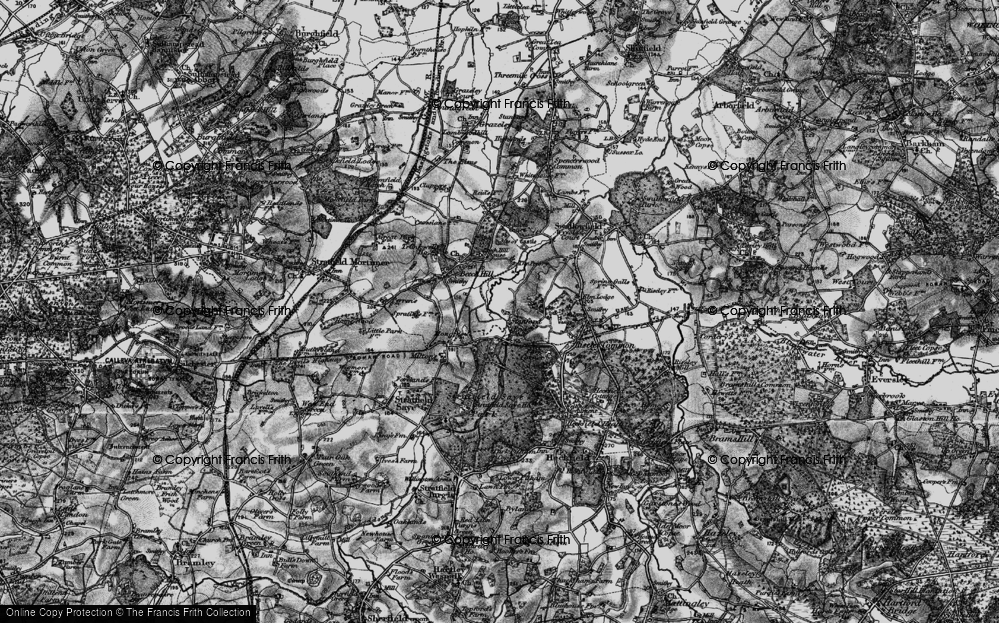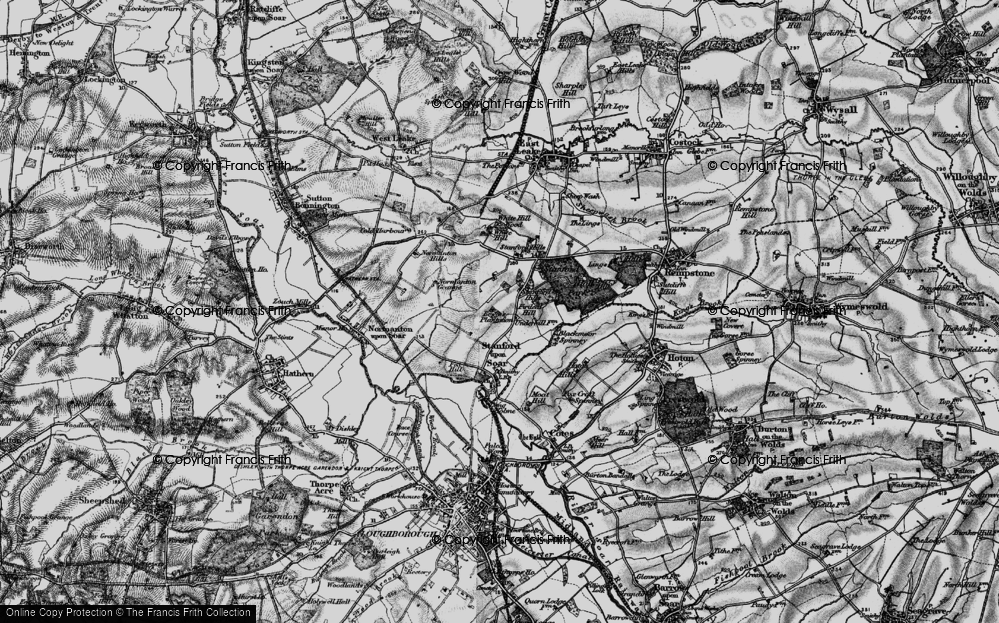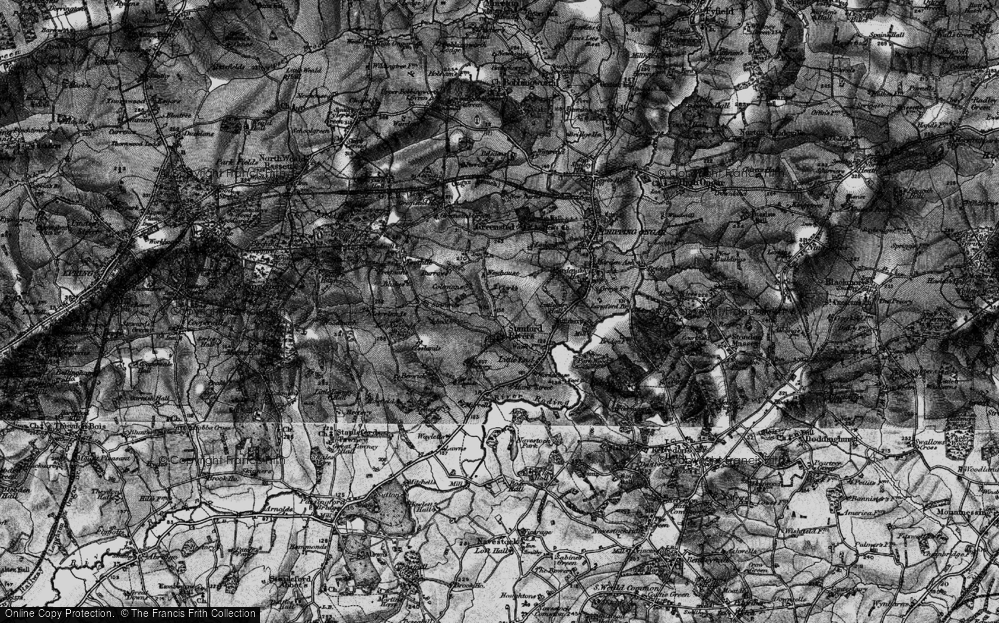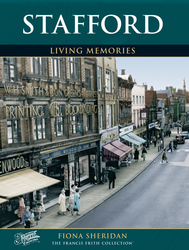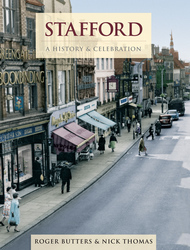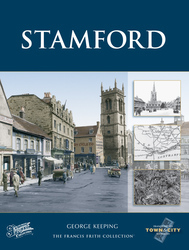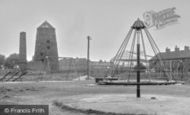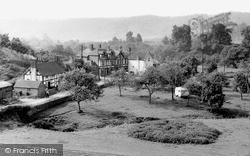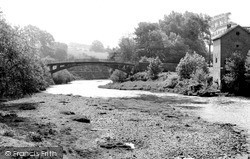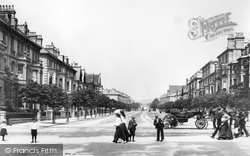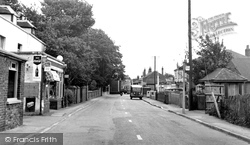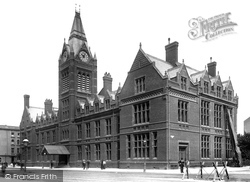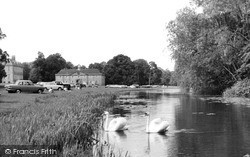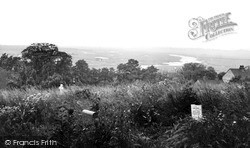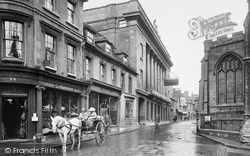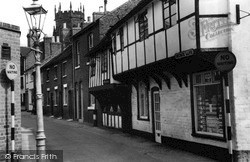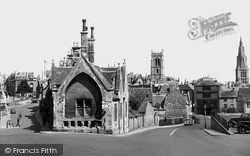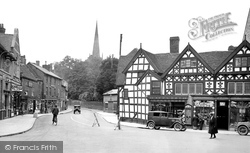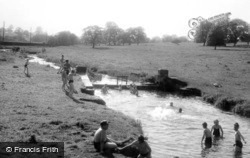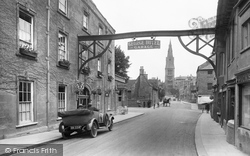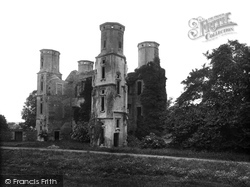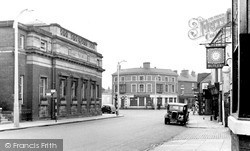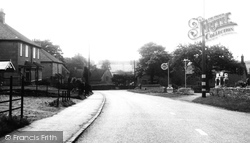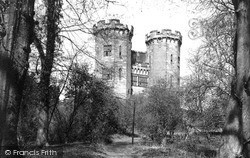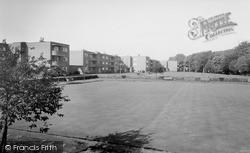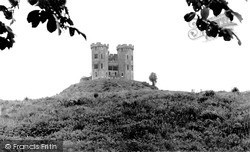Merry Christmas & Happy New Year!
Christmas Deliveries: If you placed an order on or before midday on Friday 19th December for Christmas delivery it was despatched before the Royal Mail or Parcel Force deadline and therefore should be received in time for Christmas. Orders placed after midday on Friday 19th December will be delivered in the New Year.
Please Note: Our offices and factory are now closed until Monday 5th January when we will be pleased to deal with any queries that have arisen during the holiday period.
During the holiday our Gift Cards may still be ordered for any last minute orders and will be sent automatically by email direct to your recipient - see here: Gift Cards
Places
18 places found.
Those places high-lighted have photos. All locations may have maps, books and memories.
- Stanford-le-Hope, Essex
- Stanford Bridge, Hereford & Worcester
- Stanford in the Vale, Oxfordshire
- Stanford Dingley, Berkshire
- Stanford on Avon, Northamptonshire
- Stanford, Norfolk
- Stanford, Kent
- Orleton, Hereford & Worcester (near Stanford Bridge)
- Stanford, Shropshire
- Stanford, Bedfordshire
- Stanford End, Berkshire
- Stanford Rivers, Essex
- Stanford on Soar, Nottinghamshire
- Stanford Hills, Nottinghamshire
- Stanford Bishop, Hereford & Worcester
- Stanford on Teme, Hereford & Worcester
- Elms Green, Hereford & Worcester (near Stanford Bridge)
- Kingswood Common, Hereford & Worcester (near Stanford Bridge)
Photos
170 photos found. Showing results 1 to 20.
Maps
160 maps found.
Memories
153 memories found. Showing results 1 to 10.
Ford Family In Hanbury 1700s On
We travelled from Sydney, Australia in 2006 to Hanbury, looking for traces of our Ford Family who had lived in the area around 1800. Our particular ancestor was a convict, John Ford, "Alias Tonks", b. ...Read more
A memory of Draycott in 2006 by
Happy Memories
I was born in Foregate Street, the home of my grandparents, in 1951. I left Stafford in 1953 and returned in 1960 to live in the north end of the town. I well remember playing on the 'Witches hat' with my friends, paddling in the ...Read more
A memory of Stafford in 1960 by
Childhood Memories
I moved to Spencer Avenue, Hayes, when I was 5 and the war had just finished. My earliest recollections were of starting school at Yeading Lane and walking there through thick snow. Luckily we had school dinners so ...Read more
A memory of Hayes in 1947 by
Seaton In The 1950s And 60s
I lived in Seaton from the very early 1950s to the very early 1970s. My happy memories are: going down to the River Welland in Harringworth and fishing, going down to Seaton railway station and watching ...Read more
A memory of Seaton in 1950 by
Stanford Le Hope School
School trip to the Festival Of Britain Dome of Discovery and what a day we all had
A memory of Corringham in 1951 by
Errington''s Of Chopwell
My grandfather lived in Chopwell most of his life, he and his siblings lived in Hamsterley Colliery with their mother Mary Ann and father William Errington, b1881 in Stafford. Their father was killed in 1915 in Gallipoli ...Read more
A memory of Chopwell by
Cowper Gardens
I was born in Cowper Gardens in 1946, my nan's, house No.11, where she lived until her death in 1979. My cousin was also born there and lived with her mum, Betty. I moved away in 1949 and lived in Peckham but used to spend ...Read more
A memory of Wallington in 1960 by
Growing Up In Stafford Until 1975
I grew up on the Weston Park Estate and my close friends were Ann Parker and Linda Jay, as we all lived a few doors away. We used to go to Riverside disco approximate 1970 and the Young Farmers disco on Friday ...Read more
A memory of Stafford by
The Blake
The following information relates to the opening of the Blake school in Hednesford. The Blake school was built to replace the Central Secondary school for boys which was in Burns Street Chadsmoor (where Chadsmoor junior school is ...Read more
A memory of Chadsmoor in 1961 by
Captions
125 captions found. Showing results 1 to 24.
A bronze tablet removed from an earlier bridge reads: 'Pray for Humfrey Pakynton Esquyer borne in Stanford which payde for ye workemanshepe and makyng of this brygg the whiche was rered & made the first
Stanford's rectory was the birthplace in 1775 of the author and moralist Mrs Sherwood, whose novel 'The Fairchild Family' was a popular improving text with the more rigidly censorious readers of Regency
A little further up the road is Stanford Court, once the home of the Winnington family.
The Drive is typical of the development of the Stanford Estate after 1871: yellow brick semi-detached villas with cement dressings, slate roofs and bay windows in wide tree-lined streets - totally different
Eastchurch has always had a link with aviation: the RAF had an aerodrome here, and the Royal Aero Club was based at Stanford Hill – it later became an open prison.
Although the east part of Hove developed in Brighton stucco style from the 1820s, it was not until the 1850s that things got going, while the Stanford estate was not developed until after 1871.
We are in the extreme southern tip of the county: whilst Stanford Hall is in Leicestershire, the parish church and the village are in Northamptonshire.
We are in the extreme southern tip of the county: whilst Stanford Hall is in Leicestershire, the parish church and the village are in Northamptonshire.
The people of Langdon Hills and Laindon took part in the Peasants' Revolt of 1381, along with those at the fishing villages of Fobbing, Corringham and Stanford-le- Hope, when during the revolt three
This brief tour of Stamford has now climbed up to St Mary's Street to look east past the north nave aisle of St Mary's Church to the Stamford Hotel, somewhat over-large for the narrow street and towering
Church Lane has always been one of the most attractive parts of Stafford. Legionnaire's Disease The most notorious misfortune to affect 20th-century Stafford occurred in April 1985.
Both Sheep Market and All Saints Street lead down to what was the Great North Road, but Stamford has since been bypassed. The town bus station is on the right, on the site of Stamford Castle.
Both Sheep Market and All Saints Street lead down to what was the Great North Road, but Stamford has since been bypassed. The town bus station is on the right, on the site of Stamford Castle.
Amongst the earliest is the table tomb of Sir Humphrey Stafford of Grafton, who died in 1450 during Jack Cade's rebellion.
During the Civil War, Sir John Gell was asked by Staffordshire moorlanders for help against the Royalist garrison at Stafford.
Much of 18th-century Stamford's trade came from its location on the Great North Road, and it had numerous coaching inns.
The ivy-clad ruins of Wothorpe House have been an attraction for tourists for over a hundred years, and it is of no surprise that they were included by the Frith photographer in his collection of Stamford
The White Lion Inn Unfortunately, construction of Stafford's new road system was accompanied by another act of civic vandalism.
This is the A606 Oakham to Stamford Road. Most of the village lies to the left.
The first castle on this site is thought to have been built by Robert de Stafford during the 1070s.
Much of 18th-century Stamford's trade came from its location on the Great North Road, and it had numerous coaching inns.
In 1348 the original timber castle was replaced in stone by Ralph Stafford, a successful soldier and friend of Edward III - he later became Earl of Stafford.
The first castle on this site is thought to have been built by Robert de Stafford during the 1070s.The timber keep was replaced by one built of stone, and about 1350 the fortress underwent extensive
In 1348 the original timber castle was replaced in stone by Ralph Stafford, a successful soldier and friend of Edward III - he later became Earl of Stafford.
Places (18)
Photos (170)
Memories (153)
Books (3)
Maps (160)


